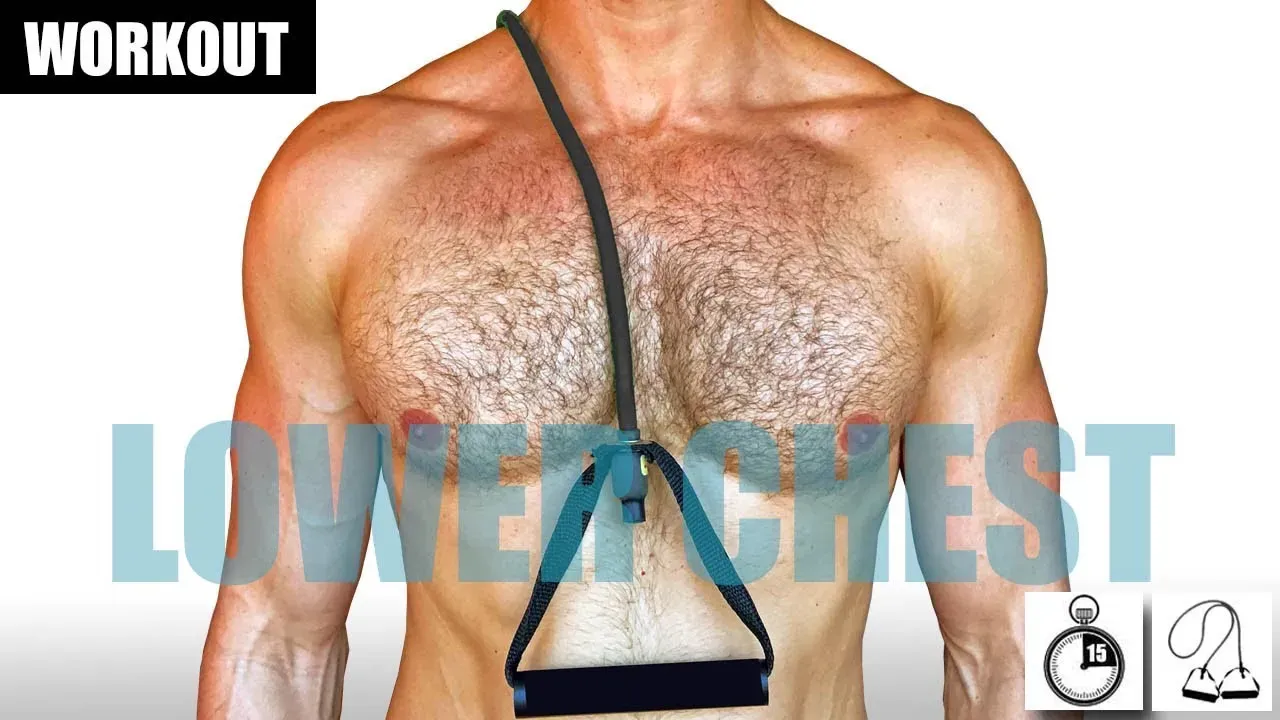Table of Contents
Building a strong, well-defined chest is a common fitness goal, but hitting that stubborn lower pec area can feel like cracking a secret code, especially when you're working out at home without heavy weights. Maybe you've tried push-ups until your arms gave out or attempted creative furniture-based dips with questionable safety. It's frustrating when you can't seem to target that specific area effectively.
Why Your Lower Chest Needs Attention
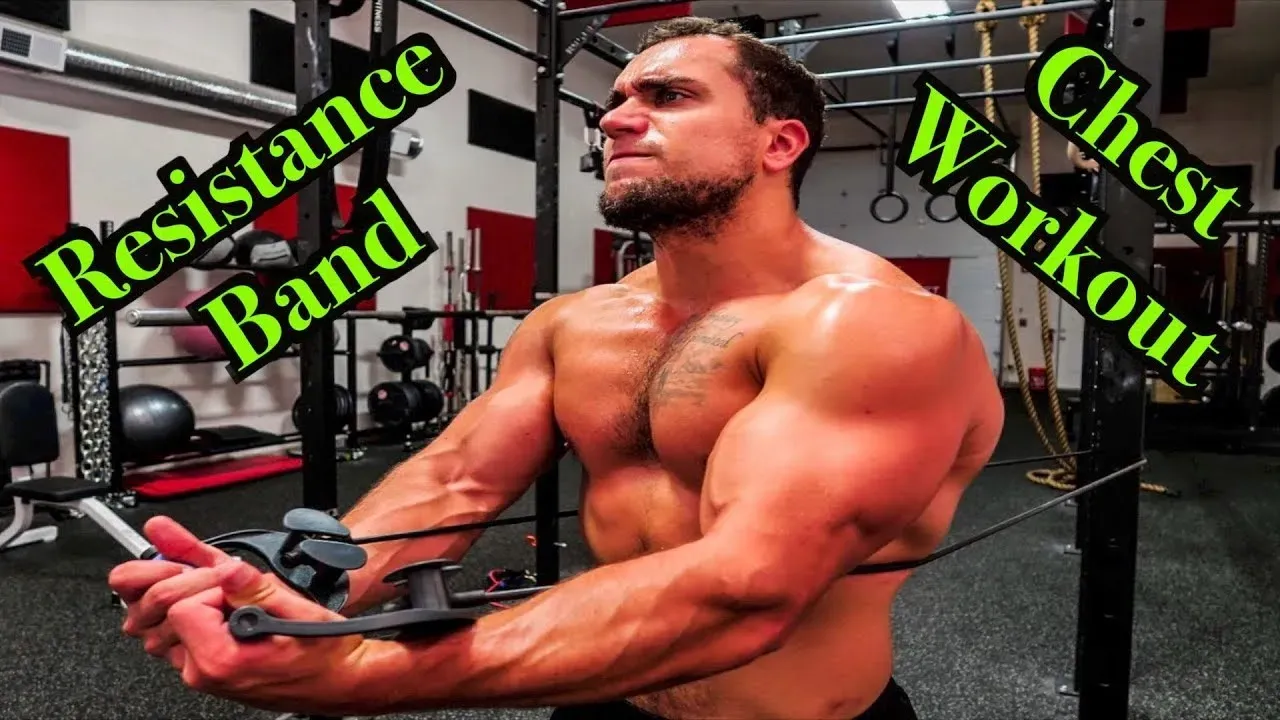
Why Your Lower Chest Needs Attention
Look, let's be honest. Most folks hitting the gym, or even just doing push-ups at home, tend to focus on the middle and upper chest. That's where you see the "pop" in a t-shirt, right? But neglecting the lower chest is like building a house with a weak foundation. Functionally, the pectoralis major, including its lower fibers, is key for powerful movements like pushing downward or bringing your arm across your body. Aesthetically, a well-developed lower chest creates that sought-after defined line where your chest meets your abs. It adds balance and fullness to your overall chest appearance. Skipping it leaves you with an unbalanced look, often described as "boxy" or lacking that clean separation.
Resistance Bands: The Home Gym Secret Weapon for Chest
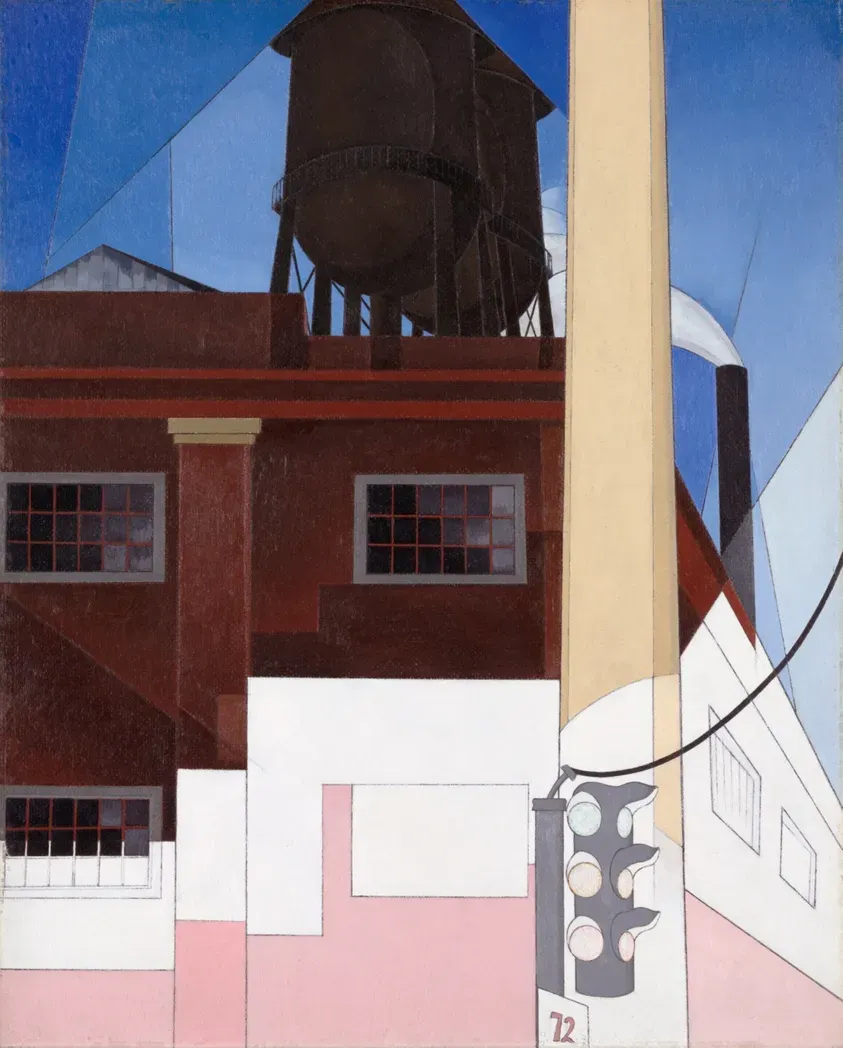
Resistance Bands: The Home Gym Secret Weapon for Chest
Why Bands Aren't Just for Physical Therapy Anymore
so you might picture resistance bands being used by someone recovering from surgery or doing light warm-ups. Forget that image. These stretchy loops and tubes are legit powerhouses for building muscle, including that elusive lower chest. They offer something called "linear variable resistance." What that means is the resistance increases as you stretch the band further. Think about a dumbbell; it's the same weight throughout the movement. A band? It's lighter at the start, hardest at the peak contraction. This unique tension profile can actually challenge your muscles in a different way, potentially leading to new growth.
The Unique Edge Bands Give Your Chest Workouts
One cool thing about bands is how they allow for freedom of movement. Unlike fixed machines or even sometimes dumbbells, you can move through a more natural range of motion. This is particularly helpful for exercises that target the chest fibers from different angles, crucial for hitting the lower chest effectively. Plus, the constant tension forces your stabilizing muscles to work harder, leading to better overall muscle control and strength.
- Portable and easy to store.
- Cost-effective compared to weights.
- Provide tension throughout the entire exercise range.
- Reduce stress on joints.
- Excellent for both resistance and assistance.
Making Serious Gains Without the Gym
Let's face it, getting to the gym isn't always possible or desirable. Maybe you're short on time, traveling, or just prefer working out in your sweatpants without judgment. This is where resistance bands shine. A full set of bands takes up virtually no space and can travel with you anywhere. You can get a killer chest workout, targeting specific areas like the lower chest, without needing racks of weights or bulky machines. It's the ultimate tool for a flexible and effective home fitness routine, making alower chest workout at home resistance bandsnot just possible, but highly effective.
Top Lower Chest Workout at Home Resistance Bands Exercises
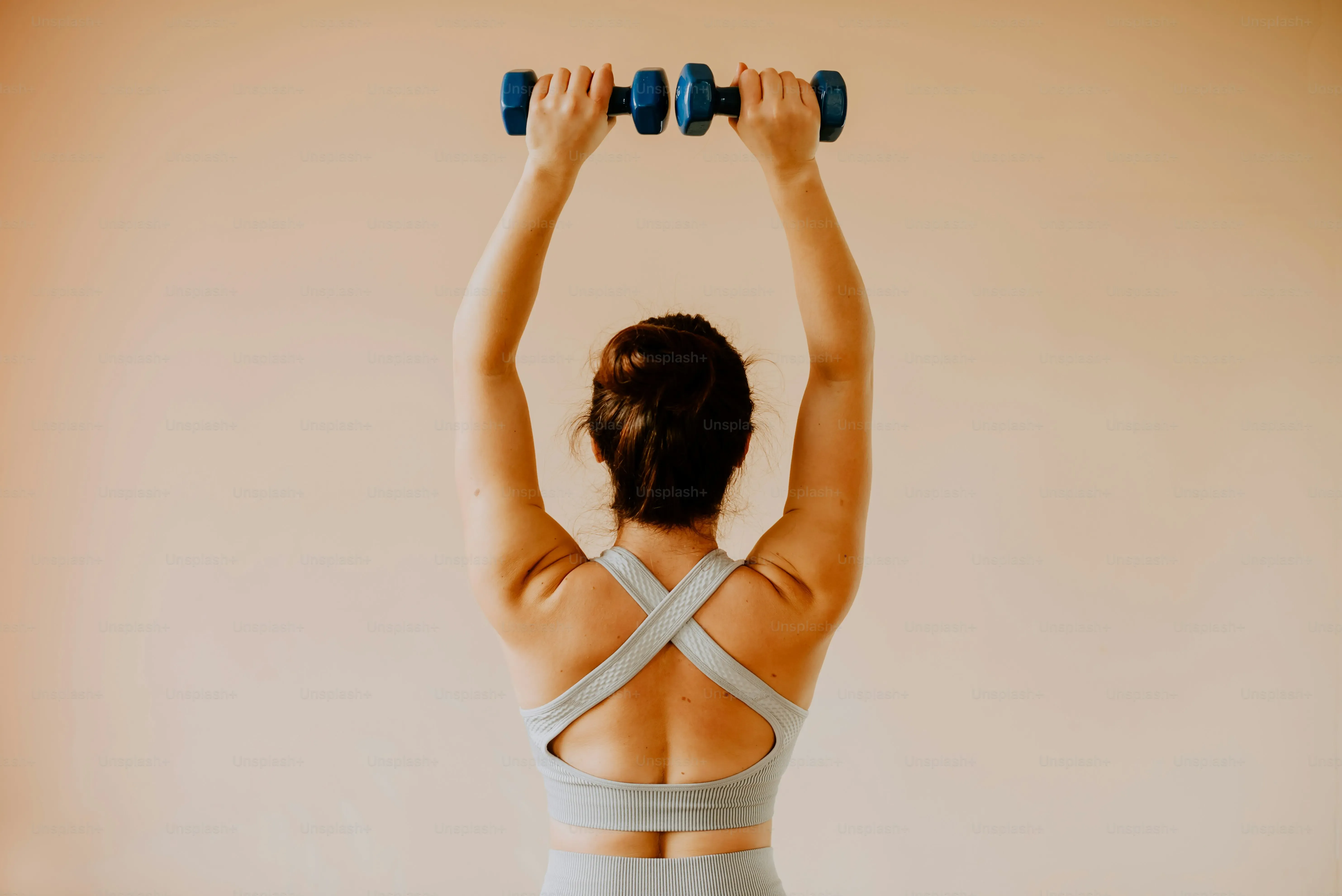
Top Lower Chest Workout at Home Resistance Bands Exercises
Hitting the Angle: Decline Presses and Flyes
Alright, let's get specific. To really target that lower chest, you need to mimic decline movements, the kind you'd do on a slanted bench at the gym. With resistance bands, you achieve this angle by anchoring the band high and pressing downwards, or by positioning yourself low and pressing upwards against a high anchor. Think of standing presses where the band is anchored above your head or slightly lower, and you're pressing down and slightly forward. Banded decline push-ups are another killer. Anchor the band around your upper back and loop your hands through, then perform push-ups with your feet elevated on a sturdy chair or couch. The band provides resistance, and the elevated feet shift the focus to the lower pecs. These simple setups are crucial for an effectivelower chest workout at home resistance bands.
More Angles and Squeeze: Banded Dips and Crossovers
Banded dips, if you have parallel bars or sturdy chairs, are phenomenal for the lower chest. Loop a band around your back and hold the ends, or loop it around your knees and the bars for assistance if needed. As you dip, the band resists the movement, especially at the bottom where the lower chest gets a great stretch. Another often-overlooked exercise is the banded chest crossover or decline fly. Anchor the band high on either side (door anchors work great) and bring your hands together in a downward arc, squeezing your lower pecs hard at the bottom. It feels different than dumbbell flyes because the tension is constant, forcing your muscles to work throughout the entire motion. These movements isolate the lower fibers and help carve out that definition.
- Standing Band Decline Press (anchor high, press down)
- Banded Decline Push-Ups (feet elevated, band on back)
- Banded Dips (using parallel bars/chairs, band provides resistance or assistance)
- Banded Decline Crossovers (anchor high on sides, bring hands down and together)
- Band Around Back Chest Press (lying on floor or standing, pressing forward/down)
Building Your Complete Lower Chest Resistance Band Routine
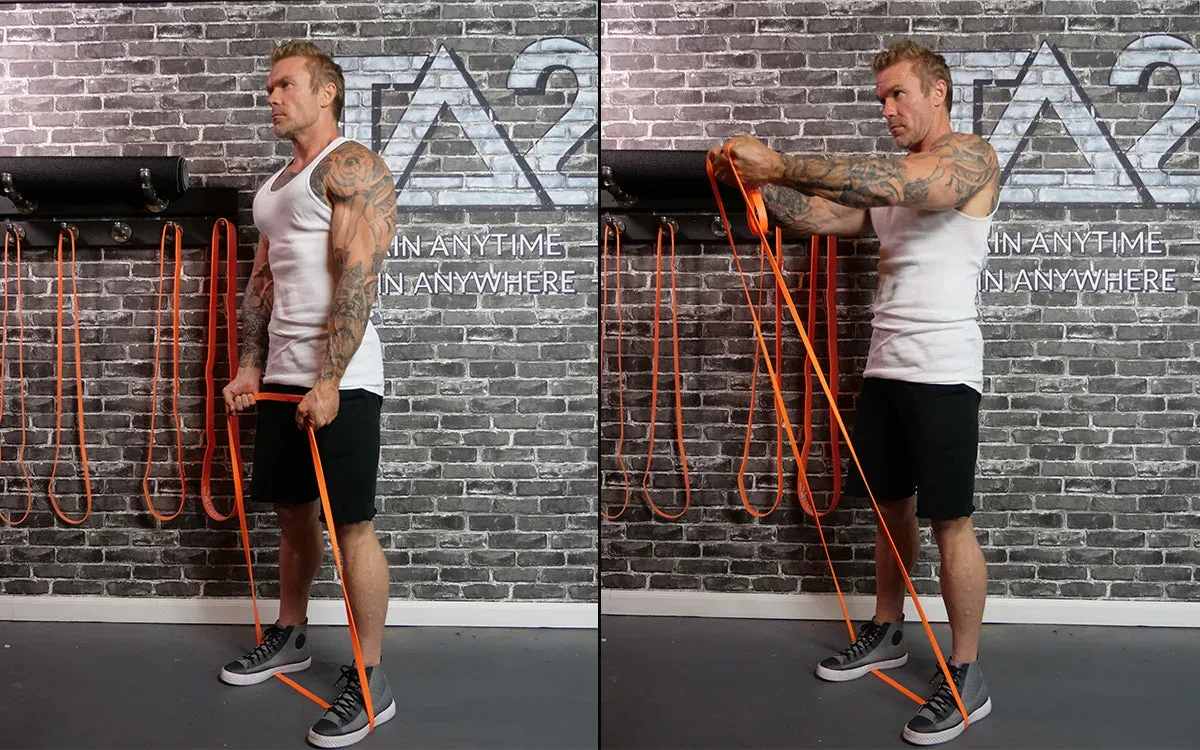
Building Your Complete Lower Chest Resistance Band Routine
Putting the Pieces Together: Structuring Your Session
so you've got your bands, you know the exercises that hit the lower chest angle. Now, how do you stitch it all into a routine that actually works? Don't just randomly pick exercises. Start with a quick warm-up – maybe 5-10 minutes of light cardio like jogging in place or dynamic stretches like arm circles and chest openers. This gets blood flowing and muscles ready. Then, hit your compound movements first. Think banded decline presses or banded push-ups (if you're ready for them). These work multiple muscles and allow you to use the most resistance when you're freshest. Follow up with more isolated movements like banded decline flyes or crossovers to really target those lower fibers when they're pre-fatigued. Aim for 3-4 exercises specifically for the chest in a session, mixing in exercises that hit the lower angle.
Sets, Reps, and Making it Count
For building muscle, the sweet spot is usually 3-4 sets per exercise, aiming for 8-15 repetitions. The key with bands is selecting a resistance where the last few reps are a real struggle, but you can still maintain good form. If you can bang out 20 reps easily, grab a thicker band or double up. If you can only manage 5, the band is too strong, and you'll compromise form. Rest for 60-90 seconds between sets. This gives your muscles enough time to recover slightly for the next set but keeps the intensity up. Don't just go through the motions; focus on squeezing the lower chest at the peak contraction of each exercise. That mind-muscle connection is crucial, especially with bands.
Here’s a simple structure idea:
- Warm-up: 5-10 minutes dynamic movement
- Exercise 1 (Compound): Banded Decline Press or Banded Decline Push-ups (3-4 sets, 8-12 reps)
- Exercise 2 (Compound/Isolation): Banded Dips (if possible) or Band Around Back Press (3-4 sets, 10-15 reps)
- Exercise 3 (Isolation): Banded Decline Crossovers or Banded Decline Flyes (3-4 sets, 12-15 reps)
- Optional Finisher: Banded Push-up variation (as many reps as possible with good form)
Consistency is King (and How Often to Train Your Chest)
You can't expect results from alower chest workout at home resistance bandsif you only do it once every blue moon. Consistency is non-negotiable for muscle growth. Aim to hit your chest, including these lower chest exercises, 2-3 times per week. Make sure you space out your sessions to allow for recovery – muscles grow when they're resting, not just when they're working. So, maybe chest on Monday and Thursday, or Tuesday and Friday. Listen to your body; if you're still really sore, give yourself another day. Over-training won't speed things up; it'll just lead to burnout or injury. Stick with the routine for 4-6 weeks before making major changes, focusing on trying to get stronger – either by doing more reps, more sets, or using a thicker band.
Maximizing Results with Your Lower Chest Workout at Home Resistance Bands
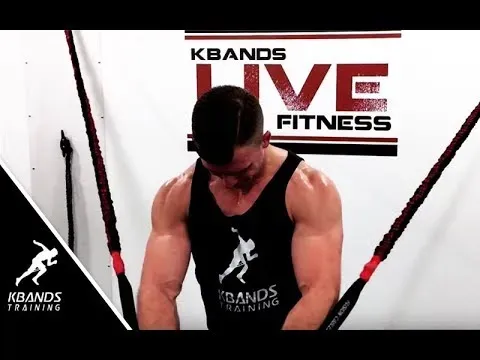
Maximizing Results with Your Lower Chest Workout at Home Resistance Bands
Go Beyond Just Stretching the Band
Getting the most out of yourlower chest workout at home resistance bandsisn't just about flailing away with a stretchy piece of rubber. It requires intent. Focus on the eccentric portion of the movement – that's when the muscle is lengthening under tension, like lowering yourself during a banded dip or controlling the band as you return from a press. Don't just let the band snap back; resist it. This controlled negative is crucial for muscle damage and subsequent growth. Also, make sure you're getting a full range of motion. Don't shortchange yourself. If you're doing banded decline flyes, really stretch those pec fibers at the bottom, and then squeeze hard at the top, imagining you're trying to touch your biceps together beneath your chest.
What happens when you stop feeling challenged by your current band and reps?
- Increase the resistance by using a thicker band.
- Use multiple bands simultaneously.
- Increase the number of sets or reps.
- Slow down the tempo, especially the eccentric phase.
- Decrease rest time between sets.
Finishing Strong: Your Lower Chest and Resistance Bands
You've seen how resistance bands aren't just glorified rubber bands; they're legitimate tools for building muscle, including that often-neglected lower chest area, right from your living room. We've covered why targeting this section matters and specific exercises to hit it effectively. Consistency is the real key here. You won't get overnight results, but sticking to a routine with proper form and progressive overload – maybe a thicker band or more reps – will make a difference. So, grab your bands, find some space, and put in the work. That sculpted lower chest isn't going to build itself.
